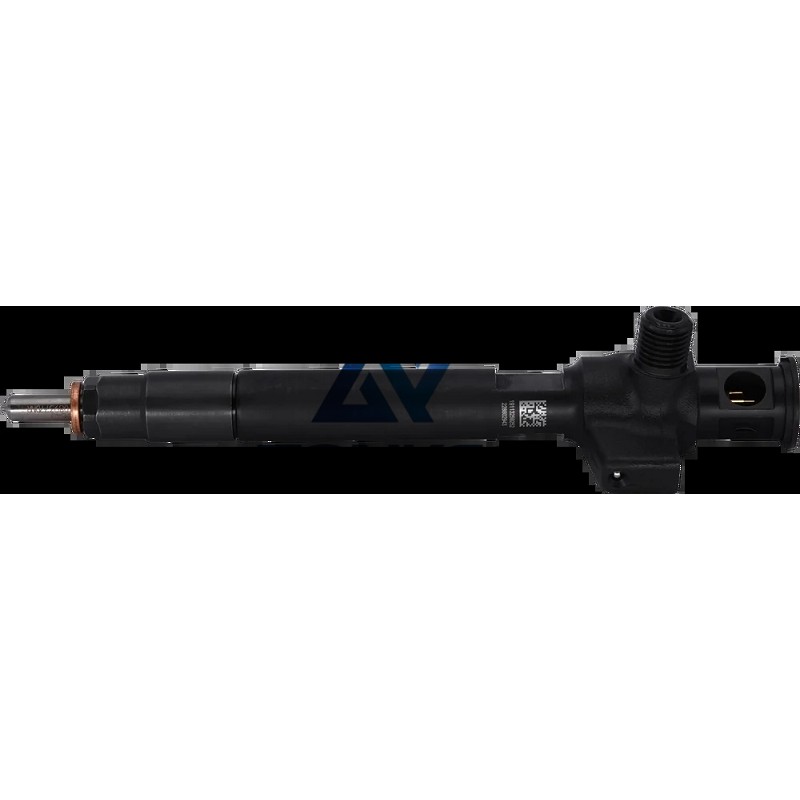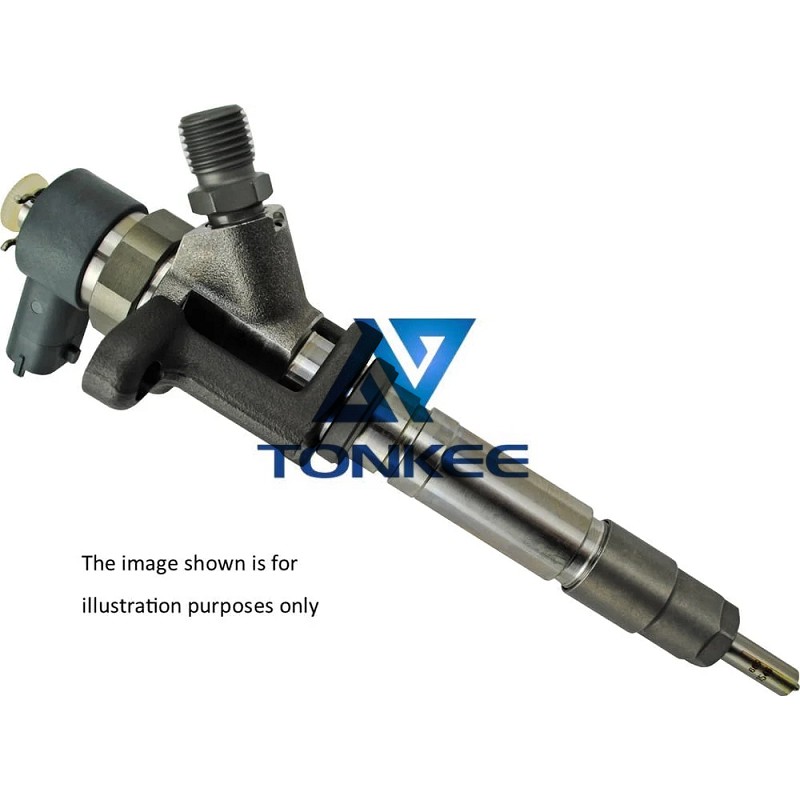
High Pressure Fuel Delivery: Common rail injectors are designed to deliver fuel at extremely high pressures, typically in the range of 2,000 to 30,000 PSI (pounds per square inch).
This high-pressure delivery ensures efficient and complete combustion, leading to better fuel economy and reduced emissions.
Electronic Control: Unlike traditional diesel injectors, common rail injectors are electronically controlled. They are precisely timed and regulated by the engine's electronic control unit (ECU) to optimize fuel delivery under various operating conditions.
Multiple Injection Stages: Many modern common rail injectors support multiple injection stages during each engine cycle. This allows for better control of combustion, reducing noise and emissions, and improving overall engine performance.
Precision Nozzles: The nozzle at the tip of the injector is designed for precision. It consists of a small orifice that atomizes the fuel into a fine mist, ensuring even distribution within the combustion chamber.
Durability and Reliability: Common rail injectors are built to withstand the harsh operating conditions of diesel engines, including high pressures, temperature variations, and exposure to fuel contaminants.
Maintenance and Servicing: Proper maintenance and regular servicing are essential for the longevity and optimal performance of common rail injectors.
This may include cleaning, replacing filters, and addressing issues like clogs or leaks.
Compatibility: When replacing common rail injectors, it's crucial to ensure compatibility with the specific engine make and model. Injector specifications, such as flow rate, injection angle, and nozzle design, must match the engine's requirements.
Fuel Efficiency: Common rail systems significantly improve fuel efficiency, as precise control of fuel delivery allows for better combustion, reducing wasted fuel and emissions.
Emissions Control: Common rail technology helps engines meet stringent emissions regulations by allowing precise control of fuel injection, which results in reduced particulate matter and nitrogen oxide emissions.



 English
English Русский язык
Русский язык



